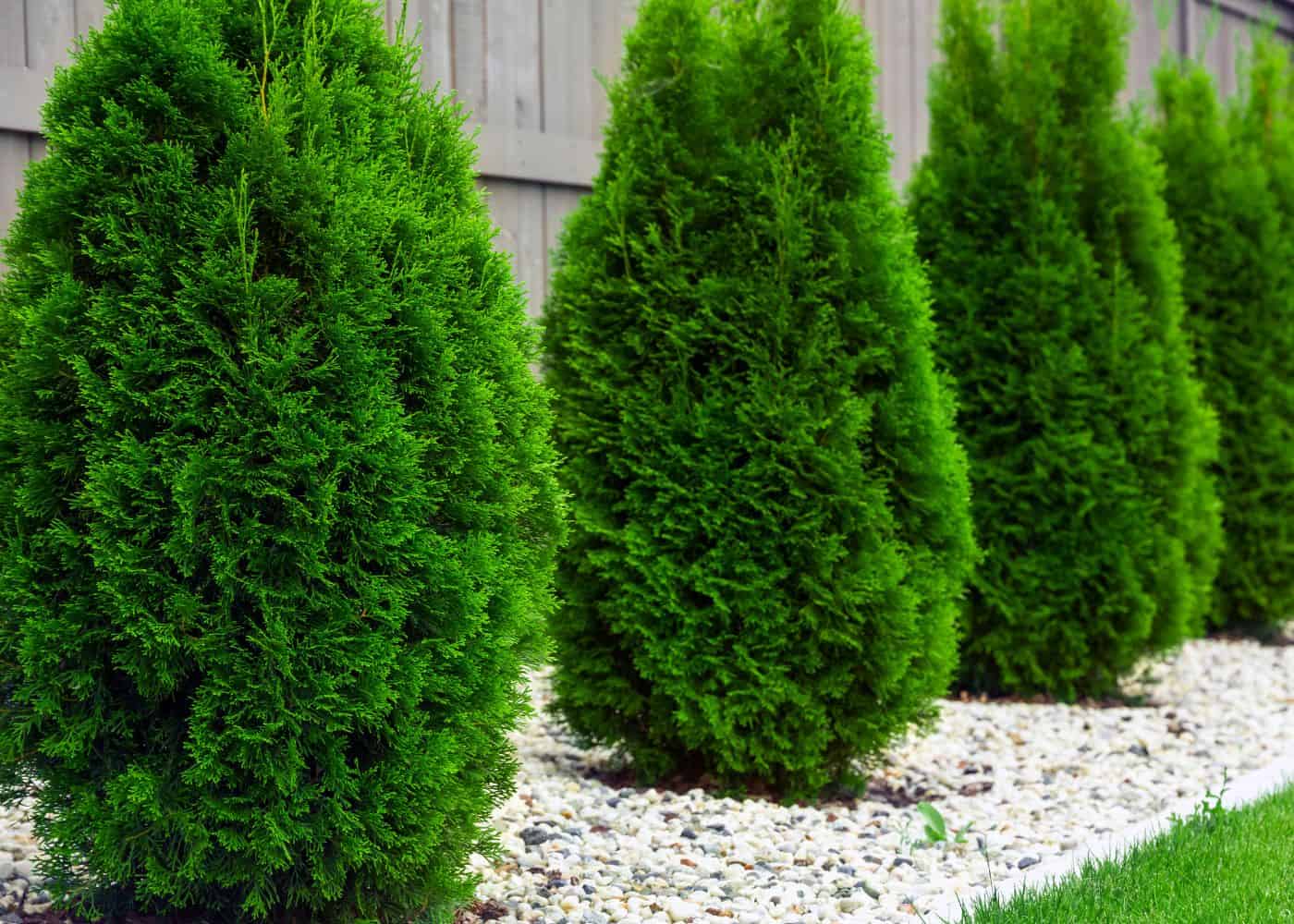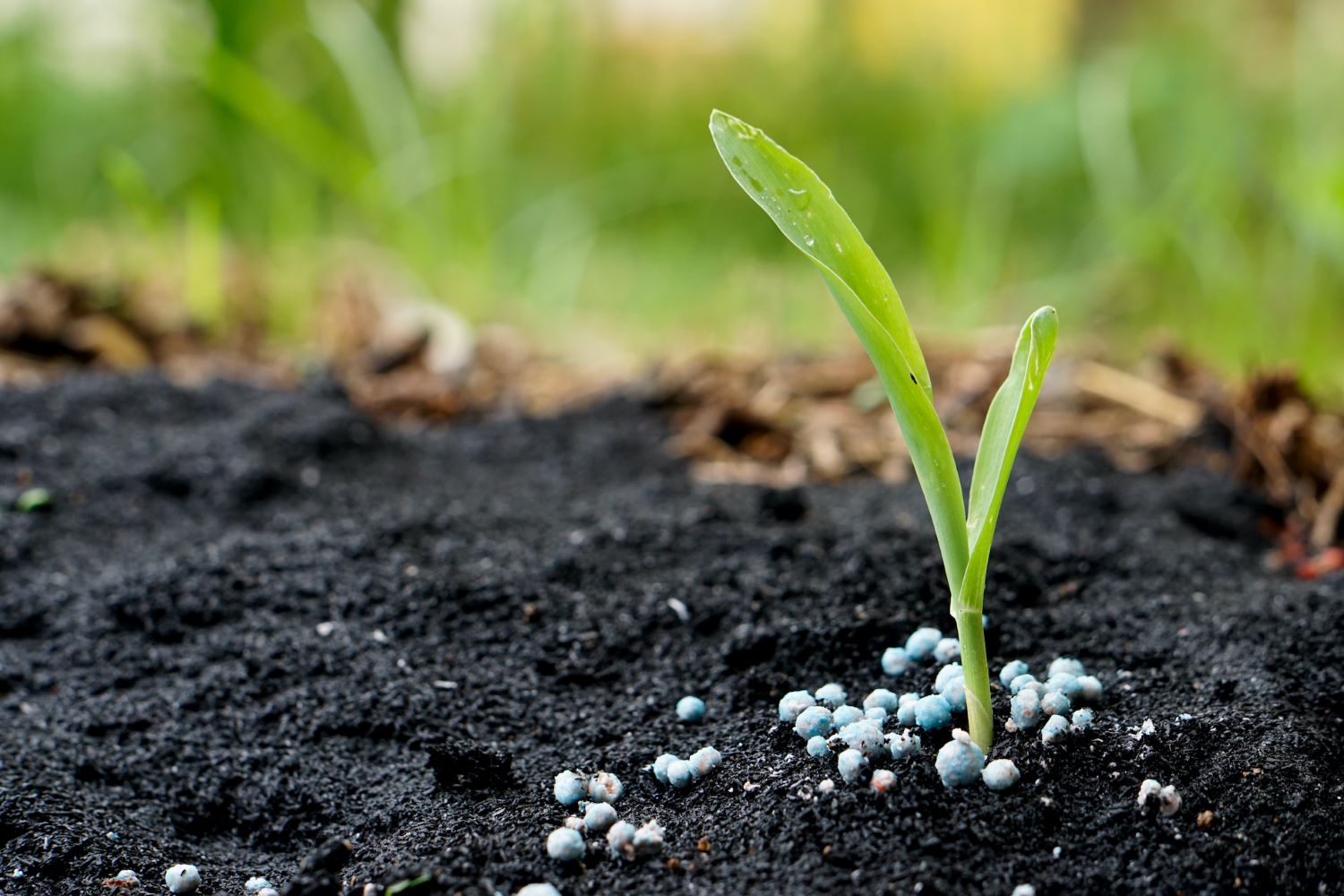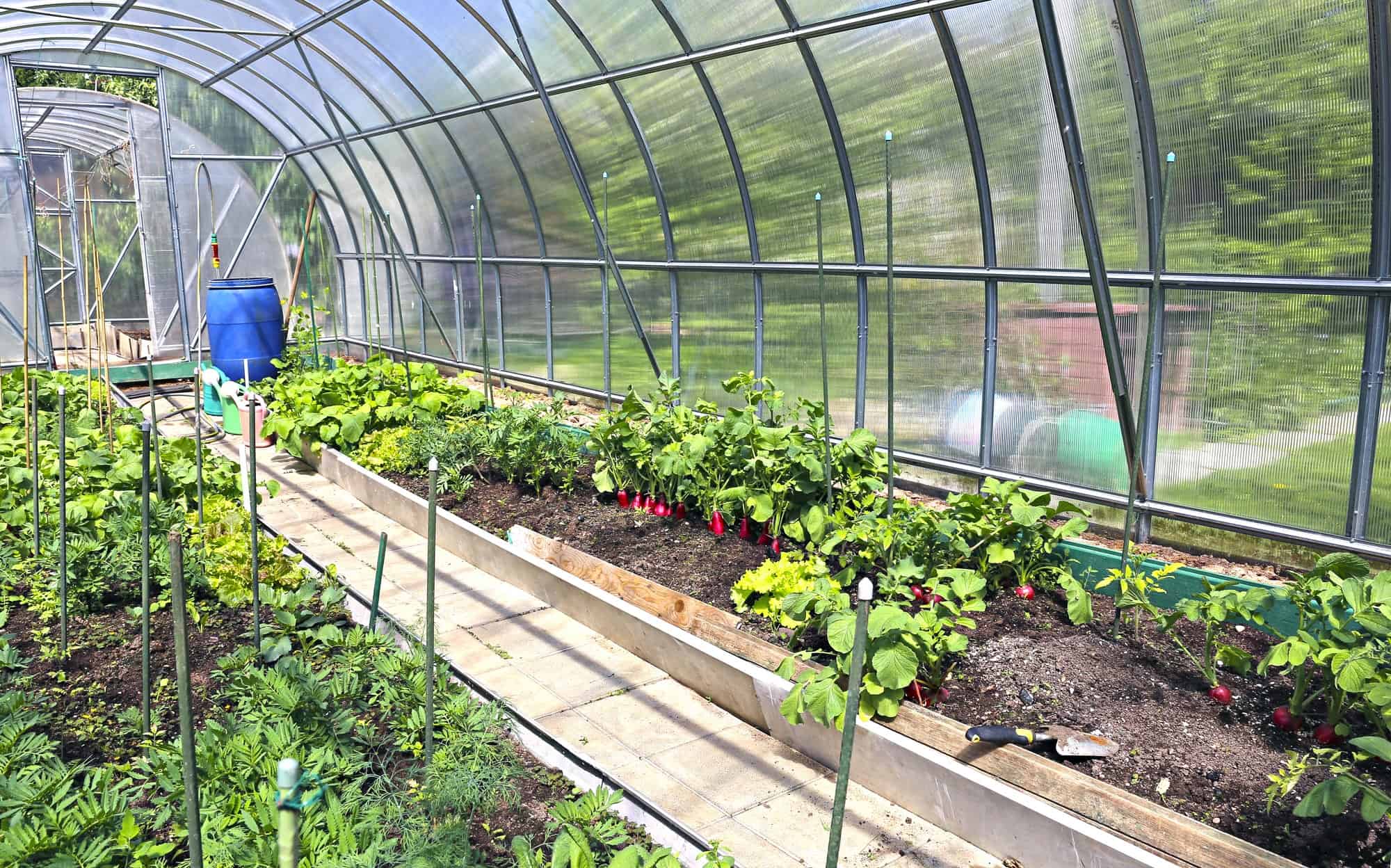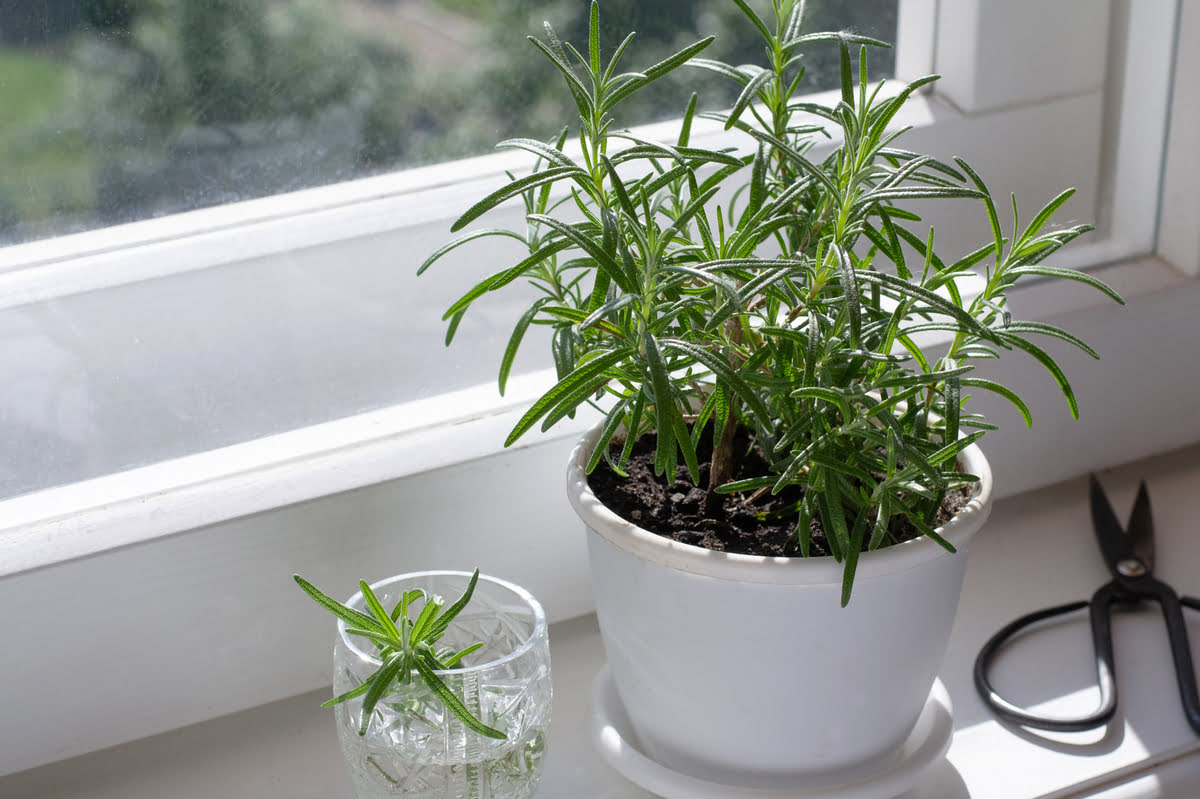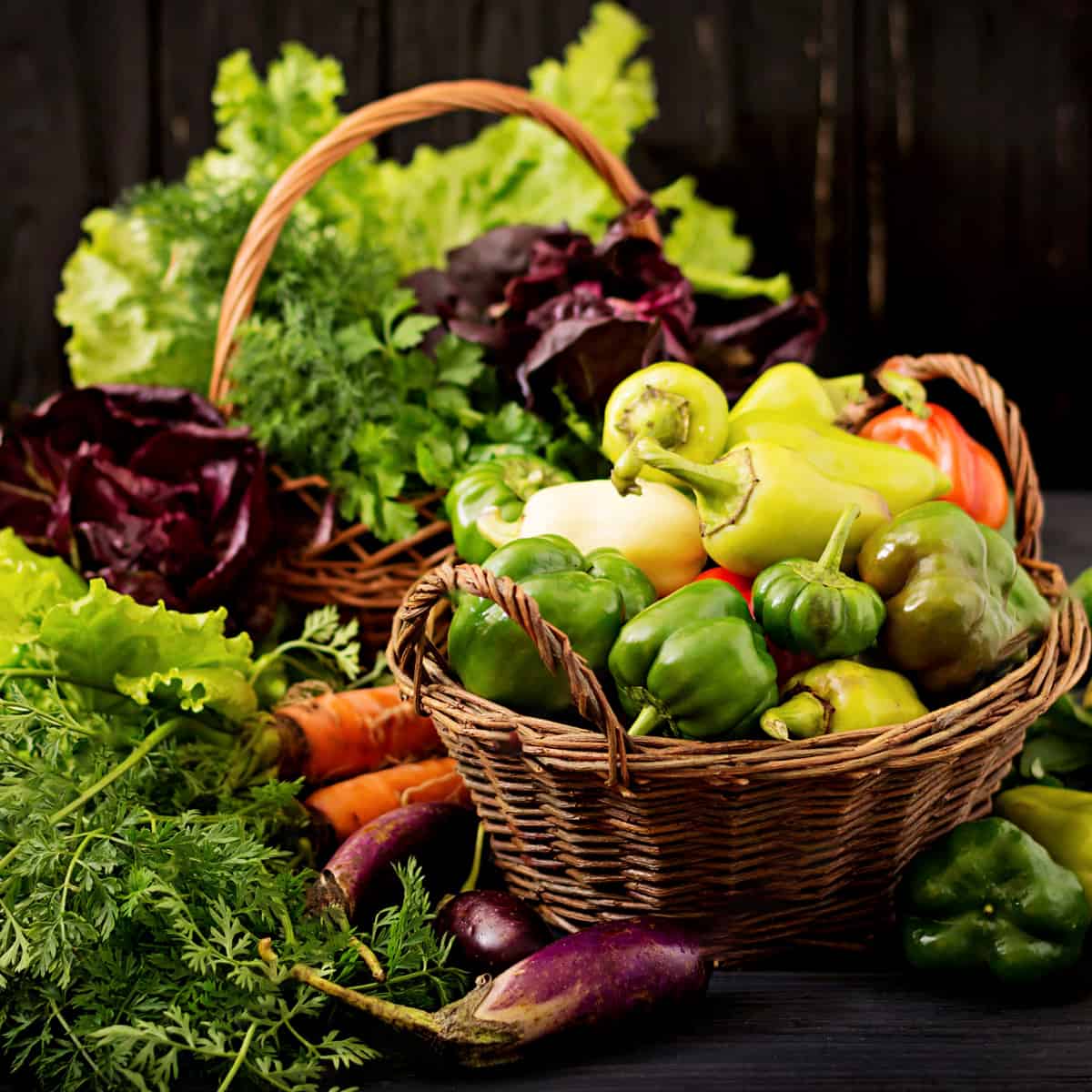Home>Gardening Basics>Getting Started>How Long Does It Take For Seedlings To Sprout


Getting Started
How Long Does It Take For Seedlings To Sprout
Modified: January 22, 2024
Learn how long it takes for seedlings to sprout and get started on your gardening journey. Discover the timeline for getting your plants to grow successfully.
(Many of the links in this article redirect to a specific reviewed product. Your purchase of these products through affiliate links helps to generate commission for Chicagolandgardening.com, at no extra cost. Learn more)
Table of Contents
Introduction
Starting your own garden can be a rewarding experience, whether you’re growing vegetables, herbs, or flowers. One of the first steps in this process is germinating seeds and watching them sprout into healthy seedlings. However, the time it takes for seeds to germinate and sprout can vary depending on several factors.
In this article, we will explore the factors that can affect seedling germination and the average germination times for different plant varieties. We will also discuss the environmental conditions that influence seedling sprouting and provide some tips for speeding up the process. Additionally, we will address common problems that may arise during seedling germination and offer solutions to overcome them.
Understanding the germination process is crucial for successful gardening. By gaining insight into the factors that impact seedling sprouting, you can make informed decisions and take appropriate steps to ensure the healthy growth of your plants. So, let’s dive in and discover how long it takes for seedlings to sprout and what factors you should consider.
Factors Affecting Seedling Germination
When it comes to seedling germination, several factors can influence the overall success of the process. Understanding these factors is essential for maximizing germination rates and ensuring healthy seedling development. Here are some key factors to consider:
- Seed Quality: The quality of the seeds you use plays a crucial role in germination. Fresh, viable seeds with a high germination rate are more likely to sprout quickly and develop into healthy seedlings. It’s important to source seeds from reputable suppliers to ensure their quality and viability.
- Temperature: Temperature is a critical factor that affects seedling germination. Different plant species have different temperature requirements for optimal germination. Generally, seeds germinate best within a specific temperature range. Too high or too low temperatures can delay or inhibit germination. It’s essential to follow the recommended temperature guidelines for the specific seeds you’re germinating.
- Moisture: Adequate moisture is necessary for seeds to germinate successfully. Seeds absorb water, which triggers the metabolic processes required for germination. Insufficient moisture can hinder germination, while excessive moisture can lead to rotting. Maintaining proper moisture levels is crucial, and regular watering or misting may be necessary to ensure optimal conditions.
- Light: Some seeds require light to initiate the germination process, while others need darkness. It’s important to research the light requirements of the specific seeds you’re working with. Seeds that require light should be placed on the surface of the soil, while those that need darkness should be covered lightly with soil.
- Soil Quality: The quality of the soil also affects seedling germination. Well-draining soil with good fertility and a balanced pH level provides an ideal growing environment for seeds. Before planting, it’s beneficial to prepare the soil by removing debris and ensuring it is loose and aerated.
These are just a few of the many factors that can impact seedling germination. It’s important to research the specific requirements of the plant varieties you’re working with, as each species may have unique needs. By understanding and addressing these factors, you can optimize the germination process and increase the chances of successful seedling sprouting.
Seed Germination Times for Different Plant Varieties
The time it takes for seeds to germinate and sprout can vary significantly depending on the plant variety. Some seeds may germinate and sprout within a few days, while others may take weeks or even months. Understanding the germination times for different plant varieties is important for planning and managing your garden effectively. Here are some average germination times for common plant varieties:
- Lettuce: Lettuce seeds typically germinate within 7 to 14 days. They prefer cooler temperatures and will sprout faster in temperatures around 55 to 65 degrees Fahrenheit.
- Tomatoes: Tomato seeds take approximately 6 to 10 days to germinate. They require warmer temperatures, preferably around 70 to 80 degrees Fahrenheit. Using bottom heat or a seedling heat mat can help expedite the germination process.
- Carrots: Carrot seeds have a longer germination period and can take anywhere from 14 to 21 days to sprout. They prefer cooler soil temperatures, around 50 to 75 degrees Fahrenheit.
- Beans: Bean seeds germinate fairly quickly, usually within 7 to 10 days. They require temperatures around 70 to 80 degrees Fahrenheit and do well in slightly acidic soil conditions.
- Pumpkins: Pumpkin seeds have a longer germination period, ranging from 7 to 14 days. They need warm soil temperatures, ideally around 70 to 85 degrees Fahrenheit.
These are just a few examples, and germination times can vary depending on factors such as seed quality, environmental conditions, and specific cultivars. It’s essential to refer to the seed packet or conduct research on the particular plant variety you’re working with to get a more accurate estimate of germination times.
By understanding the average germination times for different plant varieties, you can plan your planting schedule accordingly. This knowledge allows you to anticipate when your seedlings will sprout, helping you make timely decisions regarding transplanting, fertilizing, and providing care throughout the growing season.
Environmental Factors that Influence Seedling Sprouting
Creating the right environmental conditions is crucial for promoting successful seedling sprouting. Various factors in the environment can significantly impact the germination and growth of seedlings. Understanding these factors and how they influence the sprouting process is essential for optimizing your gardening efforts. Here are some key environmental factors to consider:
- Light: Light plays a vital role in seedling sprouting. Many plant varieties require light to initiate the growth process, while others may be negatively affected by exposure to light. Pay attention to the light requirements of the seeds you’re germinating and provide the appropriate conditions. Place light-loving seeds closer to a light source, while those that require darkness should be shielded from direct light.
- Temperature: Temperature is a critical factor that influences seedling sprouting. Each plant variety has its own preferred temperature range for optimal germination. Providing the right temperature conditions can significantly speed up or delay the sprouting process. Use a thermometer to monitor the temperature in your growing environment and make adjustments as needed to maintain the ideal temperature range for your seeds.
- Air Circulation: Good air circulation is important for seedling development. Stagnant air can lead to dampness and increased risk of fungal diseases. Ensure proper airflow by using a small fan or opening windows. Be cautious of using fans that may create excessive drying conditions for delicate seedlings.
- Humidity: Proper humidity levels are essential for seedling sprouting. Too low humidity can cause the seedling to dry out, while high humidity can create a damp environment that promotes fungal growth. Use a humidity dome or mist the soil with water to maintain adequate moisture levels during germination.
- Adequate Watering: Watering is critical for seedling sprouting, as seeds need moisture to initiate growth. However, overwatering can lead to rotting and fungal diseases. Water the soil gently, ensuring it remains consistently moist but not waterlogged. Follow the specific watering instructions for the plant variety you’re germinating.
By understanding and managing these environmental factors, you can create optimal conditions for seedling sprouting. This will increase the chances of successful germination and promote healthy growth for your seedlings. Regular monitoring and adjustments based on the specific needs of your plant varieties will help ensure a favorable environment for seedling development.
Tips for Speeding up Seedling Sprouting
If you’re eager to see your seedlings sprout quickly, there are several tips and techniques you can try to speed up the germination process. While each plant variety may have unique requirements, these general tips can help promote faster seedling sprouting:
- Pre-soaking Seeds: Some seeds benefit from pre-soaking before planting. This helps to soften the seed coat and jumpstart the germination process. Research the specific seeds you’re working with to determine if they would benefit from pre-soaking, and follow the recommended soaking time.
- Warm Soil Temperature: Providing a slightly warmer soil temperature can expedite seedling sprouting. You can achieve this by using a heat mat or placing the seed trays in a warm location like on top of the refrigerator or near a heat source. Be sure not to overheat the seeds, as excessive heat can be detrimental.
- Use a Seedling Heat Mat: Investing in a seedling heat mat can provide consistent and gentle bottom heat to your seed trays. This mimics the natural warmth of spring soil and can significantly speed up germination. Place the seed trays on top of the heat mat and follow the manufacturer’s instructions for optimal temperature settings.
- Optimize Light Conditions: Providing adequate and appropriate light conditions can help trigger and accelerate seedling sprouting. Ensure that light-loving seeds receive sufficient light, while those that require darkness are shielded from light exposure. Using a grow light or placing seed trays near a south-facing window can provide optimal lighting for your seeds.
- Proper Watering Technique: Consistent and adequate watering is crucial for seedling sprouting. Avoid overwatering, as this can lead to rotting, but also ensure that the soil remains moist. Use a gentle watering method, such as misting or bottom watering, to prevent disturbing the seeds and promote even moisture distribution.
- Improve Soil Drainage: Well-draining soil is essential for seedling sprouting. Ensure that your seed trays or containers have sufficient drainage holes to prevent waterlogging. Consider using a high-quality seed starting mix specifically designed for optimal water retention and drainage.
Remember, each plant variety may have specific requirements, so it’s important to research the needs of the seeds you’re working with. By implementing these tips and techniques, you can create favorable conditions that promote faster seedling sprouting, giving you the satisfaction of seeing your garden come to life more quickly.
Common Problems and Solutions during Seedling Germination
While seedling germination is an exciting process, it can sometimes come with challenges. Understanding common problems that may arise during germination and having solutions at your disposal can help ensure the successful growth of your seedlings. Here are some common problems and their corresponding solutions:
- Slow or Uneven Germination: If your seeds are taking longer to germinate or if the sprouting is uneven, it may be due to temperature fluctuations or inadequate moisture. Ensure that the seeds are kept at a consistent temperature within the recommended range, and monitor the moisture levels in the soil to ensure it remains consistently moist.
- Damping Off: Damping off is a fungal disease that affects young seedlings, causing them to wilt and eventually die. This often occurs in overly damp conditions with poor air circulation. To prevent damping off, use well-draining soil, avoid overwatering, ensure good air circulation, and sanitize equipment and trays before use to minimize the presence of harmful fungi.
- Fungal Diseases: Other fungal diseases may affect seedlings, such as powdery mildew or fungal infections on the leaves. To prevent the spread of fungal diseases, maintain proper air circulation, avoid overhead watering, and monitor humidity levels. If fungal diseases occur, treat them promptly with organic fungicides or consult with a local gardening expert for guidance.
- Poor Seed Quality: Sometimes, poor seed quality can lead to low germination rates or weak seedlings. To ensure the best chance of success, purchase seeds from reputable suppliers or saved seeds from healthy plants. If you notice low-quality seeds, consider reordering or obtaining replacements for better results.
- Seedling Weakness: If your seedlings appear weak or leggy, it may be due to insufficient light or improper watering. Ensure that your seedlings receive adequate and appropriate light conditions, and adjust watering techniques to prevent overwatering or underwatering. Adequate air circulation can also help strengthen seedlings.
- Pest Infestations: Pests like aphids, mites, or fungus gnats can also affect seedlings. Regularly inspect your seedlings for any signs of pest infestations, such as discolored or distorted leaves. Consider using organic pest control methods like companion planting, introducing beneficial insects, or using natural sprays. If the infestation is severe, consult with a local gardening expert for further assistance.
By being aware of these common problems and having solutions ready, you can address issues promptly and minimize any negative impact on your seedling germination. Regular monitoring and proper care will go a long way in ensuring the healthy growth of your seedlings and the overall success of your gardening endeavors.
Conclusion
Understanding the factors that affect seedling germination and implementing strategies to maximize the sprouting process is key to successful gardening. By considering factors like seed quality, temperature, moisture, light, and soil quality, you can create optimal conditions for seedling germination.
Each plant variety has its own germination timeline, with some seeds sprouting in a matter of days, while others may take weeks. By familiarizing yourself with the average germination times for different plant varieties, you can plan your gardening activities accordingly.
Environmental factors, such as light, temperature, air circulation, and humidity, also play a crucial role in seedling sprouting. By providing the right conditions, you can create an ideal environment for seedlings to thrive.
If you’re looking to speed up the seedling sprouting process, techniques such as pre-soaking seeds, optimizing temperature, using seedling heat mats, and providing proper lighting can help expedite germination.
However, it’s important to be aware of common problems that may arise during seedling germination, such as slow germination, damping off, fungal diseases, poor seed quality, seedling weakness, and pest infestations. By recognizing these issues and implementing the appropriate solutions, you can overcome challenges and ensure the healthy growth of your seedlings.
In conclusion, seedling germination is a critical step in successful gardening. By understanding the factors that influence germination, implementing techniques to optimize sprouting, and addressing common problems that may arise, you can enhance the chances of seedling success and set the stage for a productive and rewarding garden.
